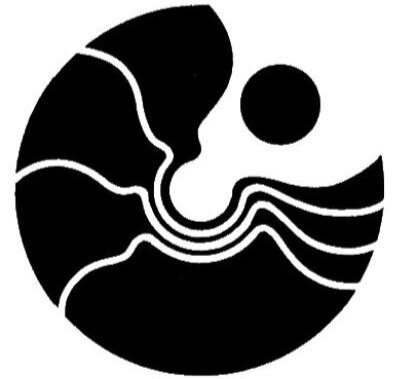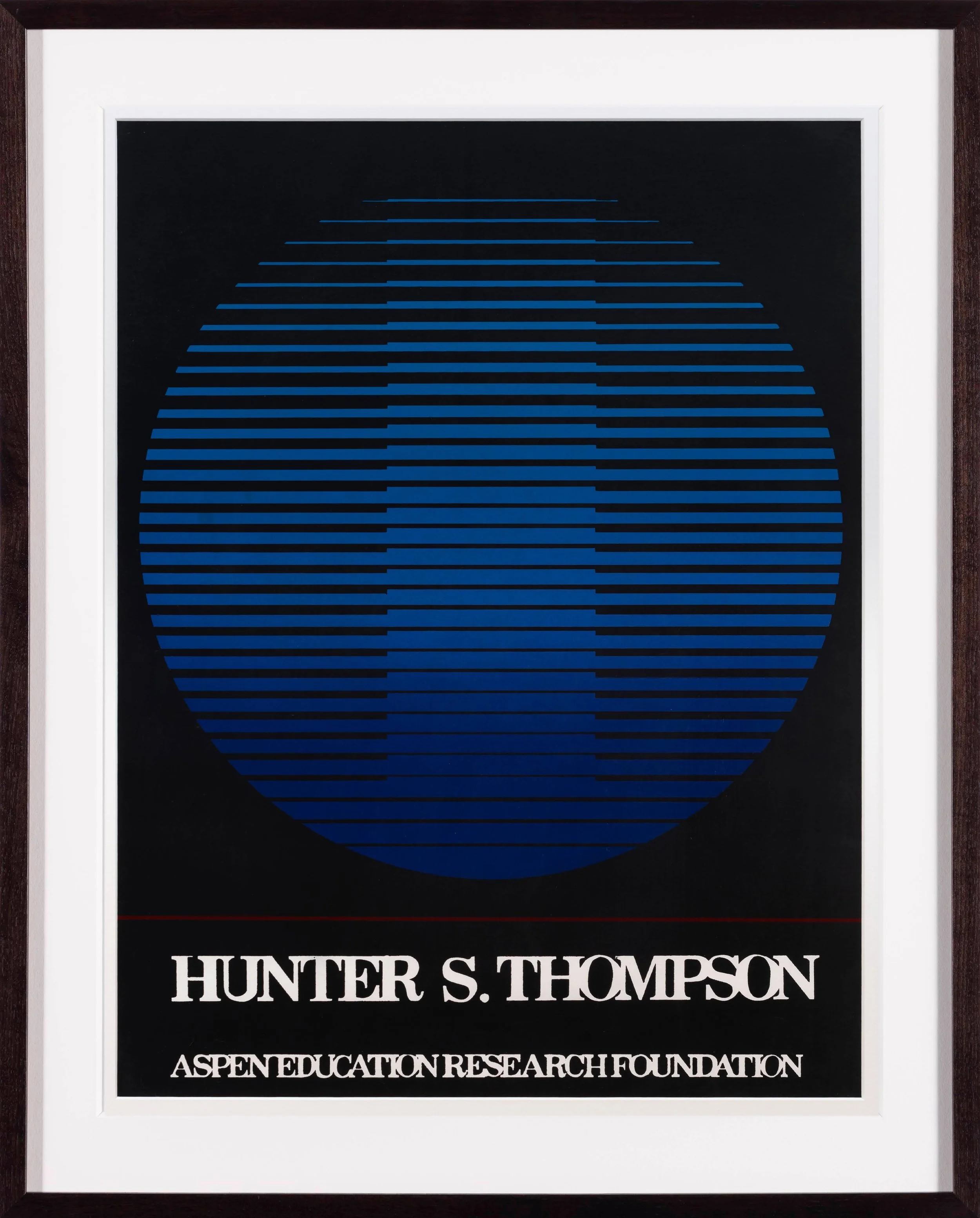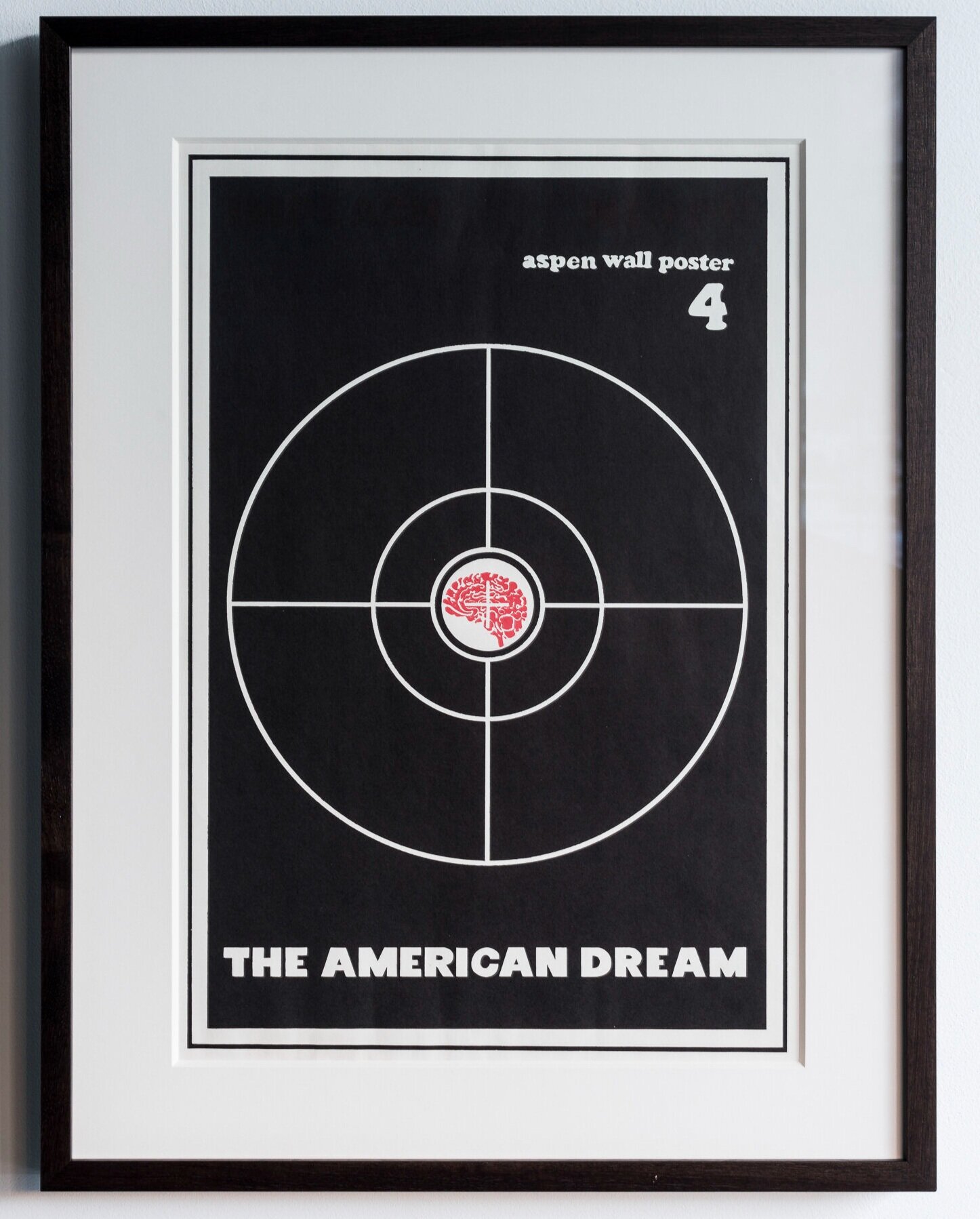Gonzo
“In 1965, I had a little gallery in Aspen, and I rented out part of the gallery to a woman that ran a frame shop. One day she came to me and said, ‘Tom, you gotta see these damn pictures from this crazy guy who came in and wants me to frame them.’ And so I looked at them. They were pictures of Hell’s Angels, and some of them were kissing and touching tongues. When the guy came in to pick up the stuff, she introduced me to him. Right then, Hunter and I became friends. He seemed crazy enough.”
- Tom Benton
The word "Gonzo" is now synonymous with Hunter S. Thompson, particularly his writing style, which he insisted was the purest form of journalism. But the word grew big enough to encompass Thompson’s lifestyle and political activities in Aspen, which included Tom Benton and his posters, his collaboration with Benton on the Aspen Wallposters, and several important campaigns under the Aspen Liberation Front’s Freak Power mantle.
The 1970 Pitkin County sheriff’s race is one of the storied events in Aspen’s history and a memorable moment in the careers of Benton and Thompson. The pair had worked together on Joe Edwards’ 1969 Aspen mayoral campaign and organized local activists through the loose-knit Aspen Liberation Front for the election of 1970.
The election pitted local youths, hippies and “freaks” against the conservative establishment represented by Sheriff Carol Whitmire and other elected officials. Thompson’s first article in Rolling Stone, titled “Freak Power in the Rockies: The Battle of Aspen,” chronicled the events and divisions of that era. Running on a campaign of legalizing drugs, tearing up the streets in favor of pedestrian walkways, and renaming Aspen “Fat City” in an effort to deter tourists, Thompson received an astonishing thirty-seven percent of the vote, but lost to the more conservative candidate.
Benton designed and printed the famous “Hunter Thompson for Sheriff” poster, which included a two-thumbed fist with a peyote button in the middle. He continued to collaborate with Thompson throughout their forty-year friendship, designing a Gonzo poster in 1971 with the Thompson quote, “It never got weird enough for me,” as well as the cover art for Thompson’s book, Fear and Loathing: On the Campaign Trail ’72. Benton’s iconic Gonzo fist became the symbol of Thompson’s Gonzo journalism.







